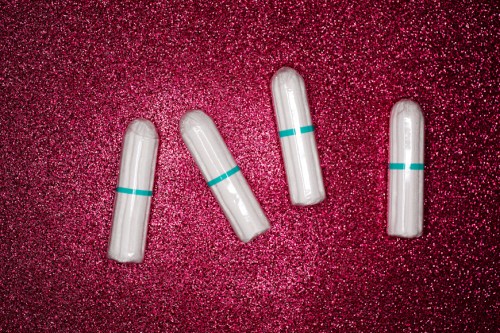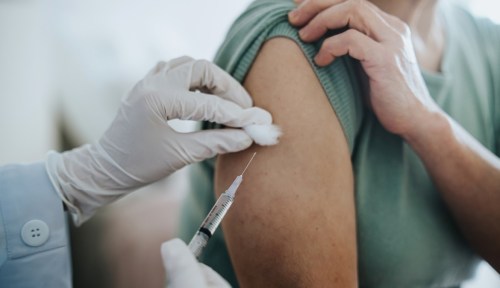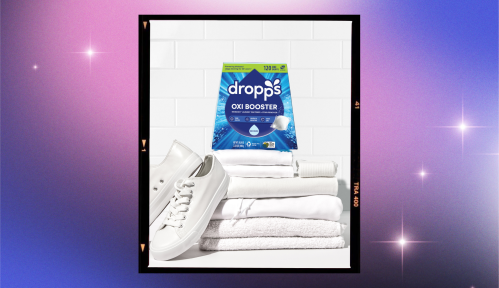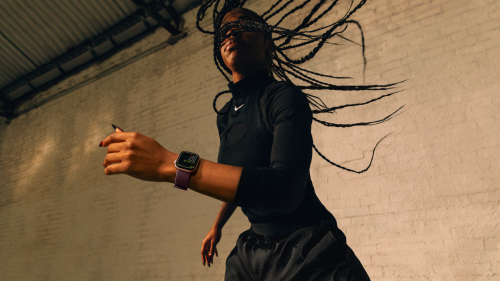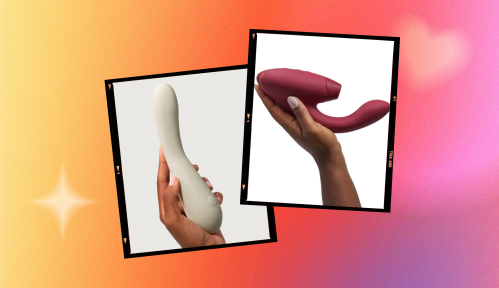For the vast majority of people with a uterus, sanitary products—including pads and tampons—are a necessity. For five days a month (on average), through no choice of our own, we need them. While menstruation cups and period-proof underwear are becoming more popular, pads and tampons remain the sanitary products of choice for most women, and the cost adds up.
As determined by Dollars and Sense, the average woman will spend $17,000 on menstruation in her lifetime, including an approximated three to five products a day, five days a month, for 33 years. For tampons and pads, the cost breaks down to approximately $144 each year. Not cool, right?
One country at least is recognizing the unfairness of women having to spend so much money on something they cannot control. On Tuesday, the parliament in Scotland approved plans to make sanitary products available for free, making it the first country in the world to do so.
The draft for the bill was first proposed in 2017, a nod to the lengthy process it took to get it approved and put into action. Under the new law, pads and tampons will be available for free in places such as community centers, youth clubs, and pharmacies. “These are not luxury items. They are indeed essential and no one in Scotland should have to go without period products,” says Scottish lawmaker Monica Lennon, who submitted the bill.
While Scotland is the first country to give free access to menstruation products, the United States is considering eliminating the tax on period products. The “tampon tax” is being fought by politicians such as Jennifer Weiss-Wolf in an effort to help women save money on products that—again—are not really their choice to purchase.
One might wonder if it’s really such a big deal for women to have to shell out for these products. After all, is $12 a month really that big of a deal? What would women spend this extra money on anyway? The answer: Literally anything else.
Here’s why we need genderless “feminine hygiene products.”And here’s how to help women who can’t afford the cost of sanitary products.
Sign Up for Our Daily Newsletter
Get all the latest in wellness, trends, food, fitness, beauty, and more delivered right to your inbox.
Got it, you've been added to our email list.
